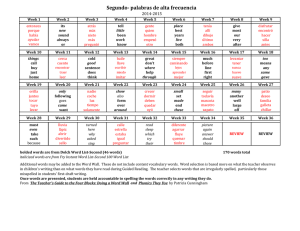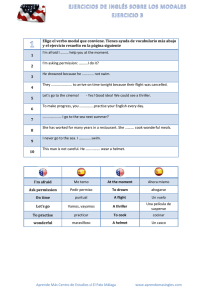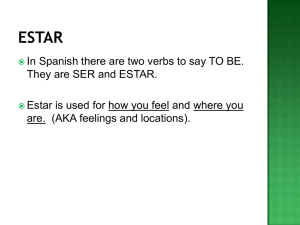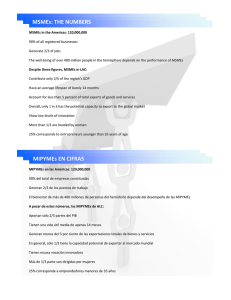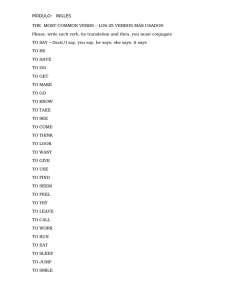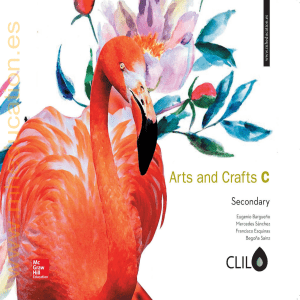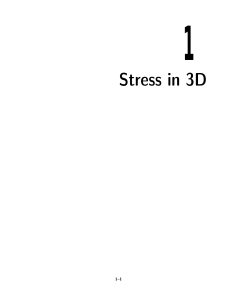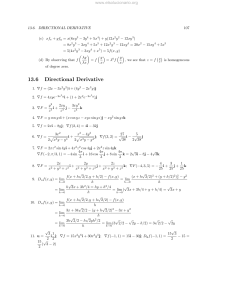The Plane - PLAN LECTOR IES MURIEDAS
Anuncio
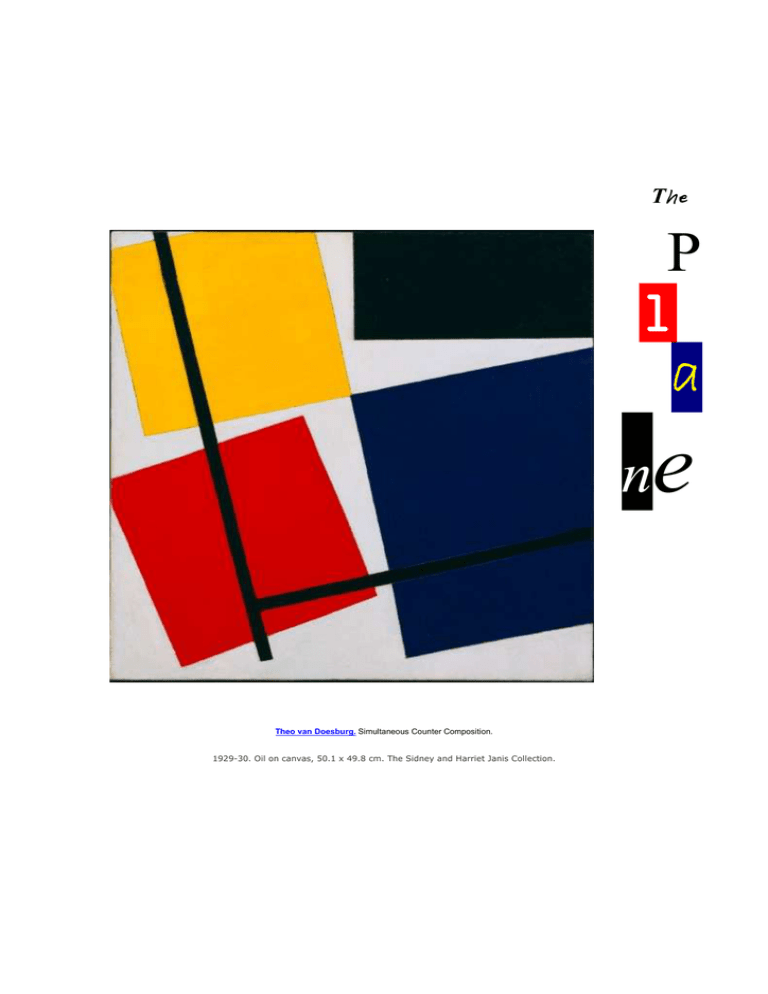
The P l a ne Theo van Doesburg. Simultaneous Counter Composition. 1929-30. Oil on canvas, 50.1 x 49.8 cm. The Sidney and Harriet Janis Collection. 1. Define what ‘plane’ means. 2. Which of the following images are geometric planes? Which are organic? Write down the answer below each figure. Triangle --------------------------------- Square --------------------------------- --------------------------------Rectangle --------------------------------- Circle --------------------------------- --------------------------------- 3. Match each definition and corresponding rule in English with their translation in Spanish. regla de la compensación The rule of ____________ dictates that the most important elements should be in the centre and the least important ones should go evenly to the left or right of the composition. The rule of ____________ tell us that, in order to balance a composition, the bigger an element is, the closer it should be to the centre of an artwork. La ______________________ nos dice que, para equilibrar una composición, cuanto más grande sea un elemento, más cerca debe estar del centro de la obra. regla del equilibrio La ____________________ dicta que los elementos más importantes deberían estar en el centro del soporte y el menos importante se situaría uniformemente a la izquierda o la derecha de la composición. balance compensation 4. Match each rule with the corresponding image and title. "Big Family" by Zhang Xiaogang (1993) The rule of compensation Friedensreich Hundertwasser The rule of balance 5. Is it true or false? Write the answer in the violet rectangle following the example below. The plane is an element of visual language that we use to draw shapes. A plane’s colour helps us identify the objects and forms we create. True Size can’t make a plane important or less important. more We can define the plane as the area of a surface within a closed line. A plane becomes an element when we use it to build an image. Some works of art use only planes. There are geometric planes. two types of planes: planes and organic We can’t separate areas of light and darkness by placing lighter planes next to darker ones. Planes are defined by the shape of the closed line. 6. What do you think all these works have in common? Explain why. Victor Vasarely Piet Mondrian Alexander Calder Sol Lewitt Kasimir Malevich, Suprematist Painting: Aeroplane Flying (1915) Henri Matisse Paul Klee Joan Miró Vasili Kandinsky Robert Delaunay Jean Dubuffet 7- Debate with your classmate sitting next to you the three main reasons why you like or dislike the Agustín Ibarrola’s artworks shown below. Write down your three main arguments at the end of the sheet. Agustín Ibarrola, Cubos de la Memoria, Llanes, Asturias. Agustín Ibarrola, Bosque de Oma, Vizcaya. 1. First argument: 2. Second argument: 3. Third argument: 8. Try making your own composition using planes.
